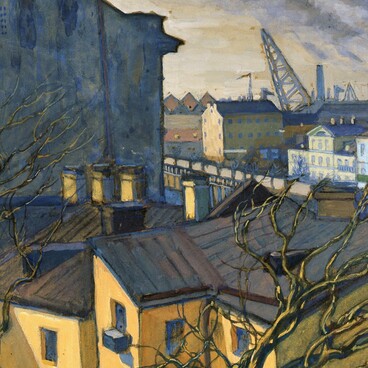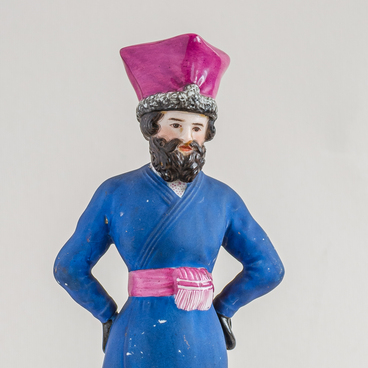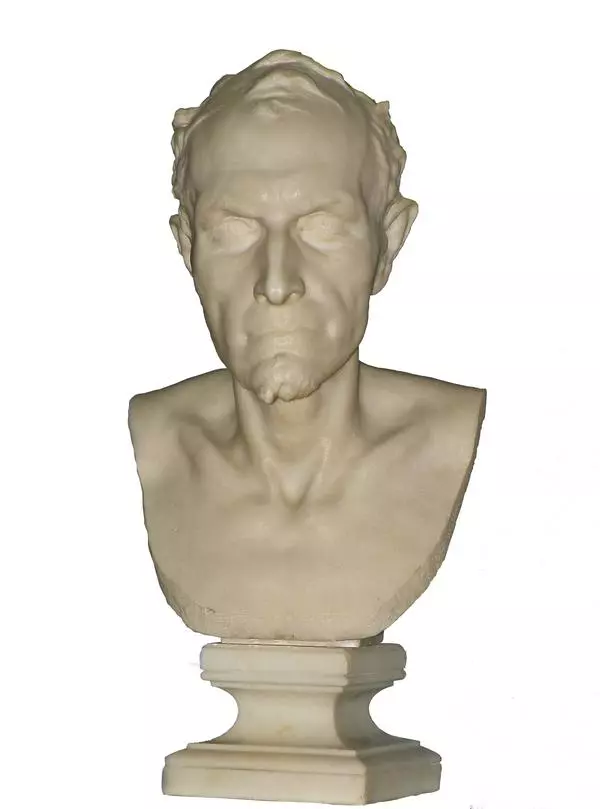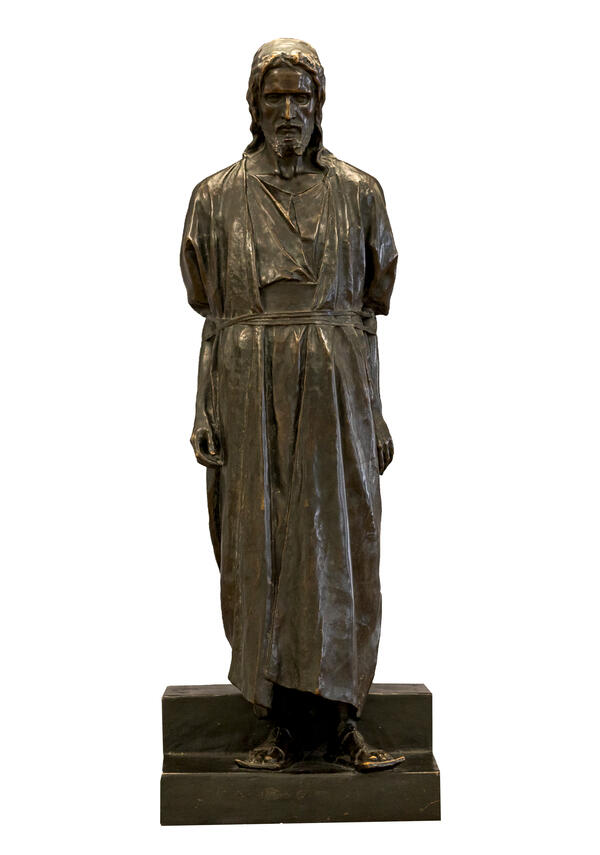Mark Antokolsky was one of 8 children in the family of a Jewish inn-keeper. Since his early childhood, he was engaged in wood and bone carving, and metalwork. In 1862-1868, Antokolsky became a non-affiliated student at the Academy of Arts and studied at the Department of Sculpture under famous masters Nikolai Pimenov and Johann Reymers. In the mid-1860s, Antokolsky’s works received several awards. He was awarded the Small Silver Medal for his high relief “A Jewish Tailor”, and the Big Silver Medal for “Jewish Miser”.
During his studies, he became interested in history and literature. In 1868, he traveled to Berlin, where he studied under the tutorship of German sculptor Reinhold Begas and attended classes at the Royal Academy of Arts. For his sculpture “Ivan the Terrible”, created during this period, he received the title of academician.
After graduating, Antokolsky traveled to Rome and, later moved to Paris. Traveling across Europe was a common practice for graduates of the Academy of Arts. It was believed that the future sculptors and painters needed to see original works of classical masters. In Rome, Antokolsky worked on his statue of Peter the Great, which he wanted to create when he was still in Russia. He sent the completed statue to Saint Peterburg.
Soon afterwards, Antokolsky was elected as a corresponding member of the French Academy. In 1878, he exhibited his works at the Paris Universal exposition, and received the Grand Prize — the French Legion of Honor. He died in Germany at the age of 59. He was buried in the Preobrazhenskoe (“Transfiguration”) Cemetery of St. Petersburg.
The portrait sculpture of a major railroad businessman Samuel Polyakov, displayed in the museum, was cast in bronze by Antokolsky in 1880, during his so-called “Italian period”. This work became one of the first life-size portrait sculptures of the 19th century, which represented full-length not an emperor or a military leader, but an industrialist. Polyakov is depicted in a free pose: he moved his left foot forward, and with his left hand leaned on his cane, as if he stopped to take a break. Critics and contemporaries highly praised this sculpture and noted its “truthfulness” and “naturalness”.
During his studies, he became interested in history and literature. In 1868, he traveled to Berlin, where he studied under the tutorship of German sculptor Reinhold Begas and attended classes at the Royal Academy of Arts. For his sculpture “Ivan the Terrible”, created during this period, he received the title of academician.
After graduating, Antokolsky traveled to Rome and, later moved to Paris. Traveling across Europe was a common practice for graduates of the Academy of Arts. It was believed that the future sculptors and painters needed to see original works of classical masters. In Rome, Antokolsky worked on his statue of Peter the Great, which he wanted to create when he was still in Russia. He sent the completed statue to Saint Peterburg.
Soon afterwards, Antokolsky was elected as a corresponding member of the French Academy. In 1878, he exhibited his works at the Paris Universal exposition, and received the Grand Prize — the French Legion of Honor. He died in Germany at the age of 59. He was buried in the Preobrazhenskoe (“Transfiguration”) Cemetery of St. Petersburg.
The portrait sculpture of a major railroad businessman Samuel Polyakov, displayed in the museum, was cast in bronze by Antokolsky in 1880, during his so-called “Italian period”. This work became one of the first life-size portrait sculptures of the 19th century, which represented full-length not an emperor or a military leader, but an industrialist. Polyakov is depicted in a free pose: he moved his left foot forward, and with his left hand leaned on his cane, as if he stopped to take a break. Critics and contemporaries highly praised this sculpture and noted its “truthfulness” and “naturalness”.







